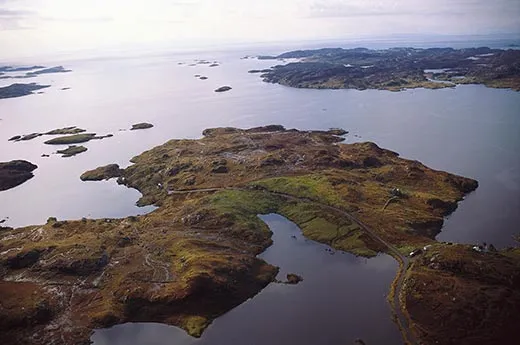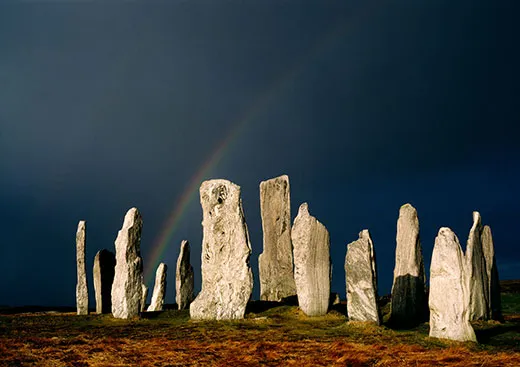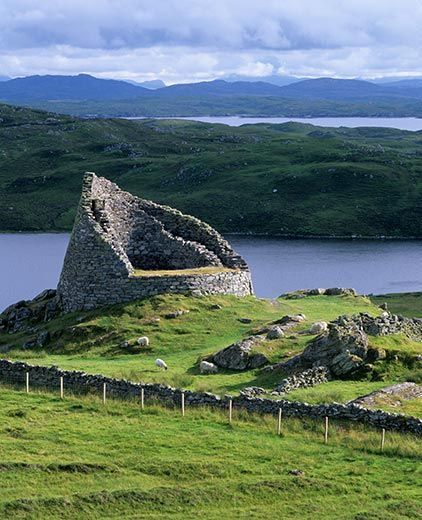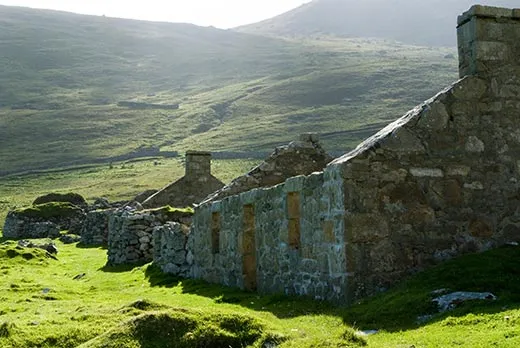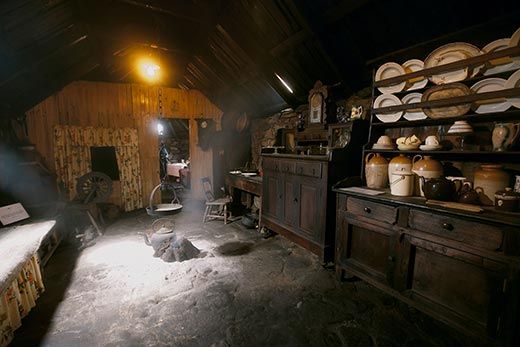The Serenity of the Outer Hebrides
Breathtaking views and millennia of history charm guests of these islands off the coast of Scotland
/https://tf-cmsv2-smithsonianmag-media.s3.amazonaws.com/filer/Life-List-Hebrides-Callanish-Stone-Circle-631.jpg)
The English author Samuel Johnson and his Scottish friend and biographer James Boswell set out for the Hebrides in 1773 “to find simplicity and wilderness” among the mist-covered islands off the northwest coast of Scotland. Rugged and remote, the Inner and Outer Hebrides boast a fierce natural beauty that continues to lure travelers, but it is the Outer Hebrides, known also as the Western Isles, that makes for a particularly compelling far-flung destination. Stretching some 130 miles, from the Isle of Lewis in the north to the terra firma specks of Mingulay and Berneray in the south, the archipelago comprises 119 islands roughly 30 miles west of the mainland.
The Outer Hebrides is a stronghold for Scottish Gaelic culture, with the language spoken by about three-quarters of the 26,000 islanders, who reside mainly on Lewis and Harris (the two share the same landmass), North Uist, Benbecula, South Uist and Barra.
Historic sites spanning millennia abound on Lewis. Overlooking a picturesque promontory on the island’s west coast, the 5000-year-old standing stones of Calanais, including 13 gneiss pillars encircling a 15-foot-tall monolith, rival Stonehenge. Dun Carloway, built around 1 B.C., features one of the best-preserved brochs, or defensive stone towers, in Scotland. More contemporary, the Arnol Blackhouse Museum showcases a typical late 19th-century residence, with thatched roof and a central peat hearth—and no chimney, resulting literally in a black house. Crofters, or tenant farmers, lived in these blackhouses with their livestock. Islanders on tenant farms still weave the high-quality woolen cloth famously known as Harris Tweed.
Offering breathtaking views of wind-swept moors, lochs and jagged rock faces, sea arches, sandy white beaches, imposing mountains and wildflowers blooming in the machair (fertile shoreland), the Outer Hebrides makes for great hiking, but these islands are also rich in wildlife—seabirds, dolphins, seals, basking sharks and whales. St. Kilda, a small cluster of islands 50 miles west of Harris, has one of Europe’s biggest bird nesting sites, with colonies of puffins, gannets, fulmars and petrels roosting on the high, steep cliffs. Despite the remote location and extreme weather conditions—the tiny islands are frequently buffeted by brutal storms rolling across the Atlantic—humans have lived here for 2,000 years. St. Kilda, a World Heritage site for both its natural and cultural value, holds archaeological evidence from the Bronze Age as well as Viking visits, and its settlements, unoccupied since 1930 when the last residents were relocated, are protected.
In our highly globalized and frenetic age, the Outer Hebrides embodies a more sedate, traditional way of life. Visitors may find themselves, as did the inimitable Dr. Johnson during his stay, in “a strange state of abstraction from the world”—the mark of a true getaway.
Planning Your Next Trip?
Explore great travel deals
Smithsonian magazine participates in affiliate link advertising programs. If you purchase an item through these links, we receive a commission.
